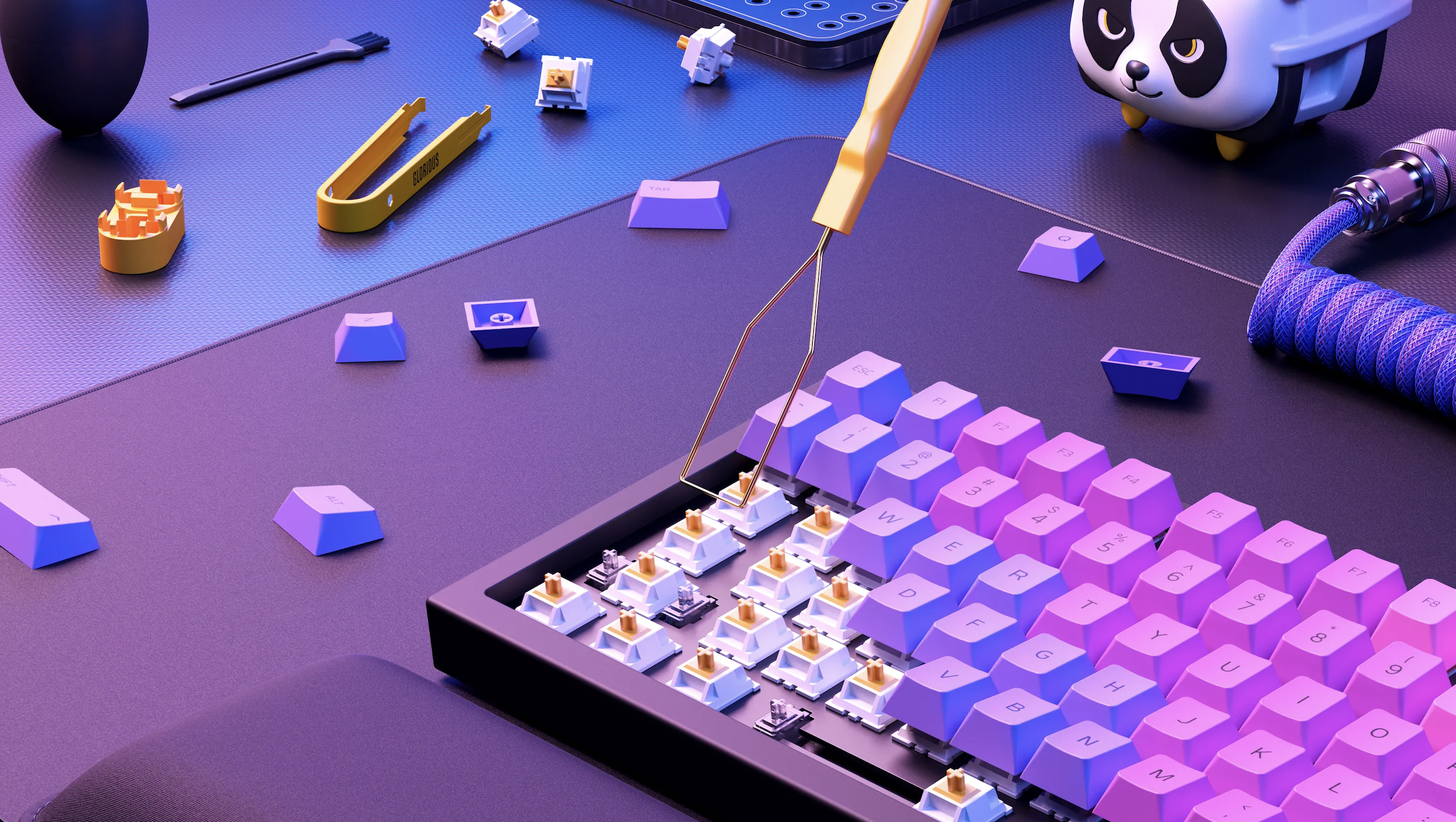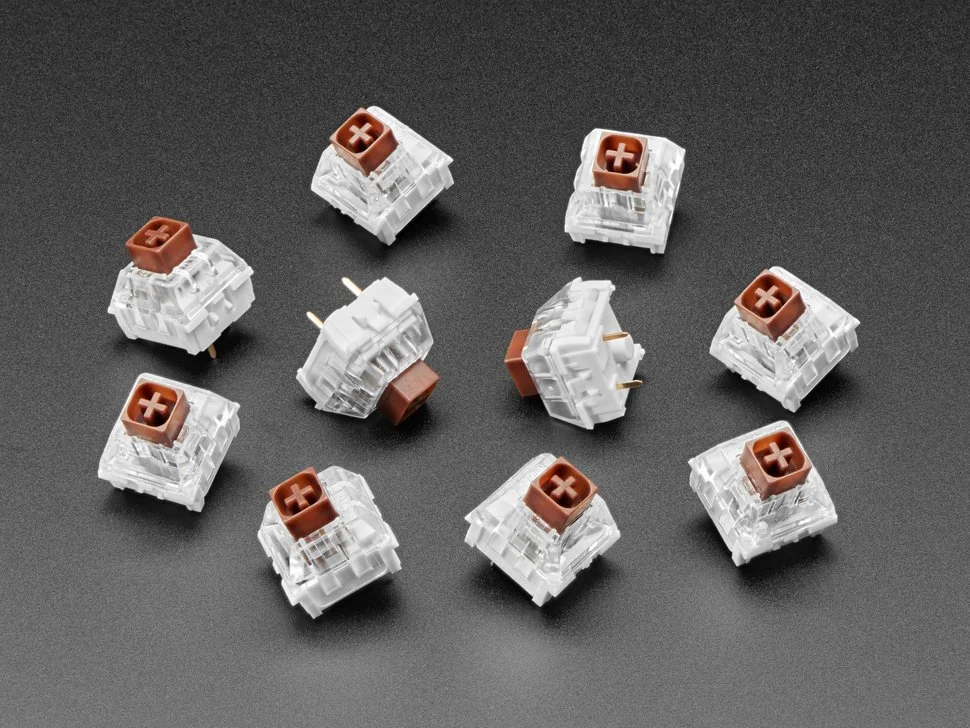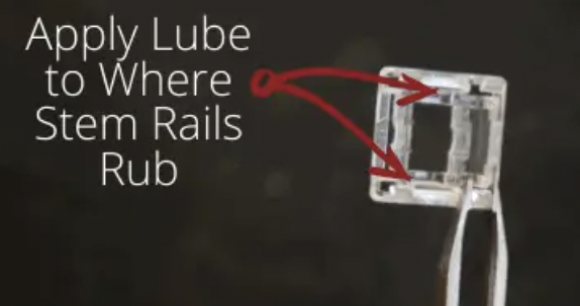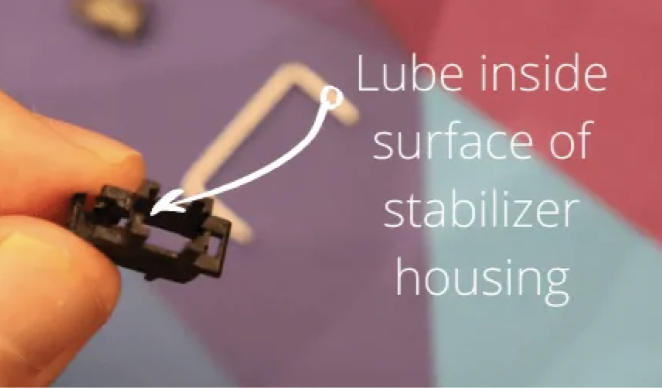How to lube Mechanical Keyboard Switches and Stabilizers
What does keyboard Lubing mean?
Keyboard enthusiasts love to tinker with their parts and try to better them any way they can; this is how lubing switches and stabilizers was discovered. Lubing is when a lubricant is applied to an object in order to either loosen it up or make it move smoother.
Why do people lube their switches/stabilizers?
People generally do this in order to further drown out the typing sound. Lubing also allows the switch to have less of a mechanical feel and more of a soft smooth feel. Lubricating your switches/stabilizers can make an amazing keyboard even better. It can also get rid of internal scratchiness. Overall, it makes your typing experience even better.
Should I lube my switches?
If you own linear or tactile switches, then lubing them would make the sound and overall feel of the keyboard a lot nicer. However, if you own clicky switches please do not lube them. The whole point of lubing switches is to drown out the noise and make the switch smooth and consistent. However, that is the opposite of the purpose of clicky switches. They produce a loud noise and have a noticeable bump upon each click. Lubing them could make the switches inconsistent and drown out the noise.
MATERIALS
Lube: So the preferred and most tried and tested lubricant used in the keyboard community is the Krytox 205g0 however it could be difficult to get your hands on it, so I recommend some other lubricants such as Dielectric grease, Glorious-lube, and Tribosys 3203.
Brush: Due to the switches and stabilizer's miniature nature, you will need a small paintbrush to lube your parts. A size 0 or 00 would get the job done.
Switch opener: You’d need a switch opener to open the switches and be able to lube them from the inside. Most people are able to 3d print their own switch openers however you could easily find some on Amazon or other online stores.
Steps to Lubing Switches:
The first thing you have to do is take apart your switches. To do this, you need something called a switch opener (which you could find in any online store). Position the switch on the opener and push hard until it clicks open. Do this with as many switches as you need for your keyboard.
You will end up with four parts: the stem, upper housing, spring, and bottom housing. Each of these parts must be lubed separately and in different ways. Separate the parts into four groups.
The upper housing does not need to be lubed.
Lubing the springs
Springs are the most fun part to lubricate. You’ll need an airtight plastic bag to do it.
First, open the bag and take a bit of your lube and spread it around the bag.
Next, pour all the springs in there and make sure the bag is closed properly and start shaking it until your springs are completely covered.
Finally open the bag up and carefully take out the springs. Sometimes the springs can get tangled with each other so you might have to separate them.
Lubing the stem
Lubing the stem is pretty easy. For this part, you’ll need a paintbrush. All you have to do is carefully brush all four sides of the stem with lube. People always use too much lube, so be careful. All you need is for the stem to look a little shiny; if you see white, you put too much. Then you have to gently brush the legs with the remaining lube on the brush.
Lubing the Bottom Housing
For the bottom housing all you have to do is brush a very little amount of lube where the stem rails rub on the sides. Switches have a gold plate dubbed a leaf that lies near the bottom housing. The place you should be lubing is on either side of that leaf. Don’t put any lube on the leaf! Make sure you don't see any white residue!
Steps to Lubing stabilizers:
First, like the switches, you need to take apart your stabilizers. Stabilizers have three parts: stems, housing, and wires. Separate all the parts into these three groups.
The stems don't necessarily need to be lubed because we are already lubing the housing and wire.
Lubing Stabilizer’s Wires
Take your paintbrush and apply a small amount of lube on the inside surface of the housing, making sure you don’t see any white residue.
Lubing Stabilizer’s Housings:
For the wires, all that needs to be done is to dip both ends of the wire in the lube; make sure not to use too much! You shouldn’t be able to see any white residue.




